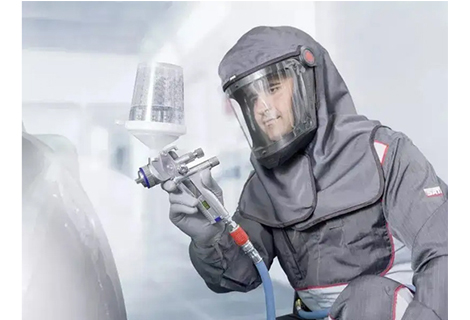When assembling parts, thread connections are commonly used, and tapping is necessary to create internal threads. Unfortunately, taps can break during the process. When a tap breaks inside a hole, you can either remove the broken tap or discard the part. While it's easy to scrap smaller and cheaper parts, this is not ideal for larger or more expensive CNC parts. In this article, we will explore methods on how to remove broken tap and offer tips to prevent tap damage.
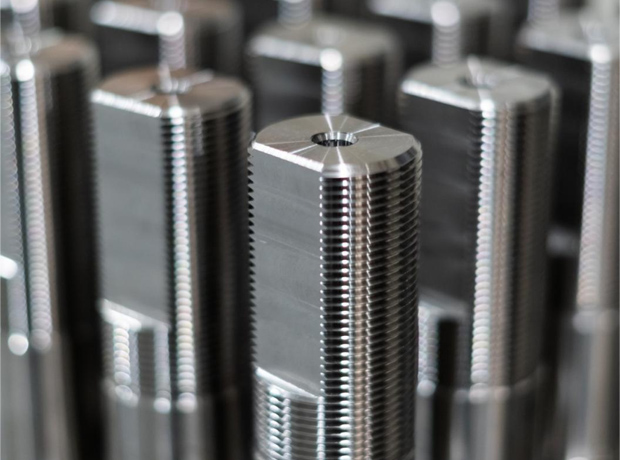
Before delving into the process of how to get a broken tap out, it is essential to understand the significance of taps in the manufacturing process. A tap is a cutting tool used to create internal threads by removing material from the holes in the desired thread shape. This tool features external grooves along its longitudinal axis, allowing for the natural discharge of chips during the threading process. Taps have a straightforward design and are widely used in part manufacturing that requires internal threads.
1. Poor Tap Quality
If the tap is of low quality or made from inferior materials, it may be more prone to breakage.
2. Improper Tap Model
Using the wrong tap model or size for the specific threading application can lead to excessive force and breakage.
3. Incompatible Tap and Raw Material
Different materials require different types of taps. Using the wrong tap for a specific material can cause breakage.
4. Insufficient Bottom Hole Diameter
If the diameter of the bottom hole is too small, it can cause excessive stress on the tap and lead to breakage.
5. Material Issues
Some materials may have hardness variations or other properties that can make them challenging to tap, potentially resulting in tap breakage.
6. Machine Accuracy
If the machining equipment does not meet the required accuracy levels, it can put additional stress on the tap, causing it to break.
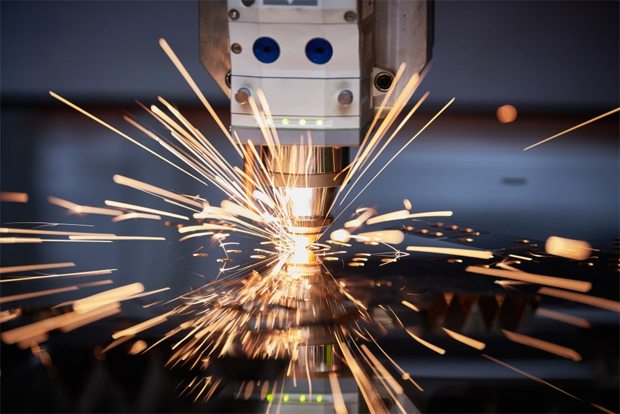
Here are ten common solutions for removing broken taps, each explained in detail:
1. Using Drilling to Broken Tap Removal
Use a drill, broken tap remover with a carbide or high-speed steel bit to carefully drill into the broken tap. Start with a small bit and gradually increase the size until the tap can be weakened and removed. Take caution to avoid damaging the surrounding material.
2. Using Tap Extractors on Extracting a Broken Tap
Select a tap extractor, or broken tap removal tool that matches the size and pitch of the broken tap. These extractors have reverse threads that grip the tap when turned counterclockwise. Insert the extractor into the hole and rotate it using a wrench or tap wrench to remove the tap.
3. EDM (Electric Discharge Machining)
Utilize an EDM machine to remove the broken tap. The EDM process uses electrical discharges to erode and dissolve the tap, allowing for its extraction.
4. Welding
Weld a small metal rod or nut onto the exposed part of the broken tap. This provides a grip for rotating the tap counterclockwise and removing it.
5. Slot Cutting
Use a cutting tool or file to create a slot across the top of the broken tap. Insert a flathead screwdriver into the slot and turn it counterclockwise to loosen and remove the tap.
6. Chisel and Hammer
Carefully chisel around the edges of the broken tap to create notches. Then use a hammer to strike the tap at an angle, aiming to rotate it counterclockwise for removal.
7. Pneumatic Drill
Utilize a pneumatic drill with a suitable cutting tool or drill bit to drill into the broken tap. Gradually remove the material around the tap until it can be extracted.
8. Grinding
Use a small grinding wheel or rotary tool with a cutting attachment to grind away the broken tap. Take care to avoid excessive removal of the surrounding material.
9. Acid Solutions
Apply specialized acid solutions designed to dissolve the broken tap. Follow safety guidelines and instructions carefully when working with corrosive substances.
10. Ultrasonic Removal
Use a broken tap remover to create vibrations that help to loosen and dislodge the broken tap from the workpiece. This method assists in facilitating its removal.
1. Ensure Proper Alignment
Align the tap with the pilot hole to prevent misalignment. Securely position the tap parallel to the hole to avoid axial forces that can lead to tap breakage.
2. Controlled Rotation
Apply steady and controlled rotational force while tapping. Avoid sudden movements or excessive force that can cause the tap to break. Maintain a consistent and controlled approach throughout the threading process.
3. Slow and Gradual Tapping
Begin tapping at a slow speed and gradually increase as the tap engages with the material. This helps prevent excessive stress on the tap and reduces the risk of breakage.
4. Use Cutting Fluid or Lubricant
Apply cutting fluid or lubricant to the tapping area. This reduces friction and heat buildup, improving cutting performance and prolonging the lifespan of the tap.
5. Choose the Correct Tap Size and Type
Select the appropriate tap size and type for the material being tapped. Using the correct tap ensures efficient cutting and reduces the likelihood of tap breakage.
6. Proper Tap Handling
Handle the tap with care, avoiding any impact or dropping that may cause damage. Store taps in a secure and organized manner to prevent accidental breakage or deformation.
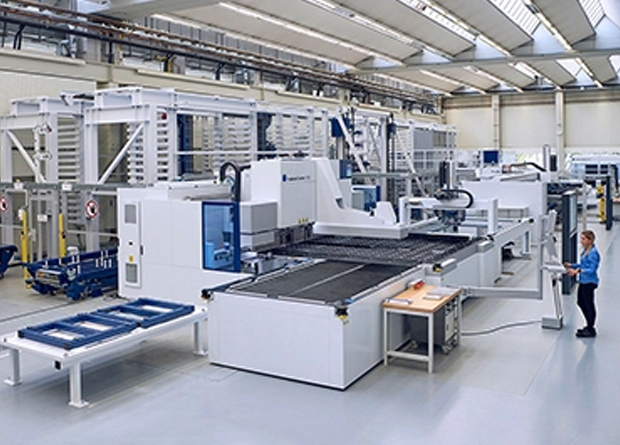
Richconn is your go-to destination for exceptional CNC machining services. We offer comprehensive solutions to meet all your manufacturing requirements. Our state-of-the-art facilities are equipped with advanced CNC machines, ensuring the highest levels of precision and quality. With a team of skilled operators and engineers, we are committed to delivering outstanding results for every project. Whether you need CNC milling, turning, or other machining services, Richconn has the expertise and capabilities to fulfill your needs. With our streamlined online platform, you can easily upload your design files, receive instant quotes, and track the progress of your project. Experience the perfect harmony of cutting-edge technology, skilled craftsmanship, and exceptional customer service at Richconn for the best CNC machining services.
Now you have acquired knowledge about 10 effective methods on how to get a broken tap out and tips on preventing tap damage. Consider adding this informative post to your favorite list, as it can serve as a quick reference in case you encounter tap breakage again. By revisiting the post, you will be able to swiftly address the issue and efficiently remove the broken tap.
 The Application of CNC Machining in Mechanical Equipment - CNC PartsMay 13, 2024Discover the wide range of applications and future trends of CNC machined parts in mechanical equipment. From high precision to increased efficiency, this technology is pushing forward the industry. Explore the possibilities now!view
The Application of CNC Machining in Mechanical Equipment - CNC PartsMay 13, 2024Discover the wide range of applications and future trends of CNC machined parts in mechanical equipment. From high precision to increased efficiency, this technology is pushing forward the industry. Explore the possibilities now!view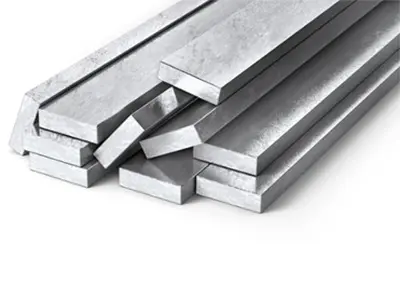 Unlocking the Infinite Potential of CNC Milling MaterialsFebruary 29, 2024In the intricate tapestry of CNC milling materials, the careful selection of materials emerges as the linchpin, dictating the success and precision of every project.view
Unlocking the Infinite Potential of CNC Milling MaterialsFebruary 29, 2024In the intricate tapestry of CNC milling materials, the careful selection of materials emerges as the linchpin, dictating the success and precision of every project.view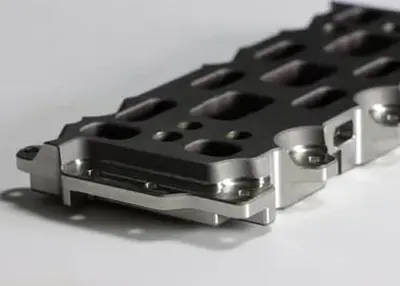 What is Precision Machining: Process, Applications & BenefitsAugust 24, 2023Nowadays, the prowess of precision machining lies in the unfaltering delivery of unparalleled quality, precision, and intricacy, which reverberates across a spectrum of industries. With advanced techn...view
What is Precision Machining: Process, Applications & BenefitsAugust 24, 2023Nowadays, the prowess of precision machining lies in the unfaltering delivery of unparalleled quality, precision, and intricacy, which reverberates across a spectrum of industries. With advanced techn...view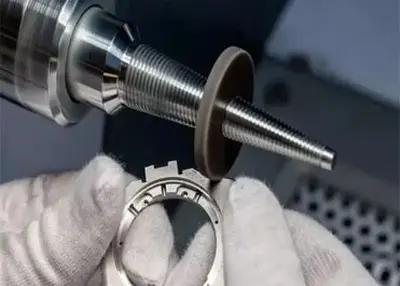 All the Information You Need to Know About Polishing Surface FinishMarch 1, 2024Here is all the information. Learn more about the necessary details to guarantee your project's success. Check it out.view
All the Information You Need to Know About Polishing Surface FinishMarch 1, 2024Here is all the information. Learn more about the necessary details to guarantee your project's success. Check it out.view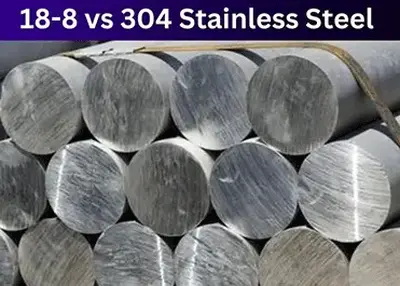 18-8 Stainless Steel vs 304: What's the Difference and Which One to Choose?December 7, 2023Stainless steel is one of the most widely used materials in the world, thanks to its excellent properties, such as corrosion resistance, strength, durability, and aesthetics. However, not all stainless steel grades are the same.view
18-8 Stainless Steel vs 304: What's the Difference and Which One to Choose?December 7, 2023Stainless steel is one of the most widely used materials in the world, thanks to its excellent properties, such as corrosion resistance, strength, durability, and aesthetics. However, not all stainless steel grades are the same.view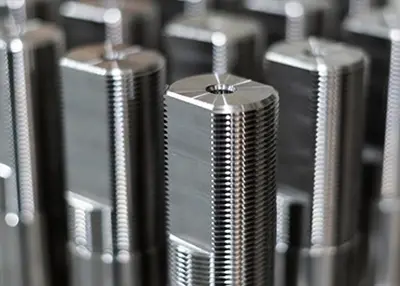 Some Knowledge You Need to Learn About Tapped HoleNovember 16, 2023Do you need taped holes? This article covers the factors you must consider to manufacture the tapped hole during the process.view
Some Knowledge You Need to Learn About Tapped HoleNovember 16, 2023Do you need taped holes? This article covers the factors you must consider to manufacture the tapped hole during the process.view
 EN
EN
 ru
ru 


